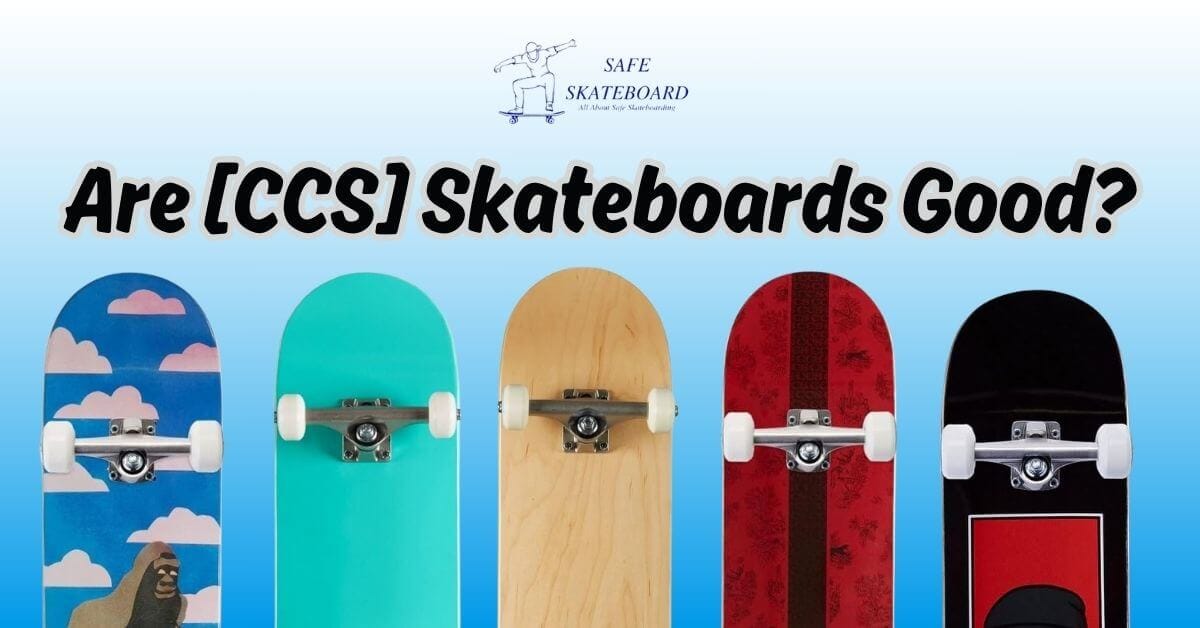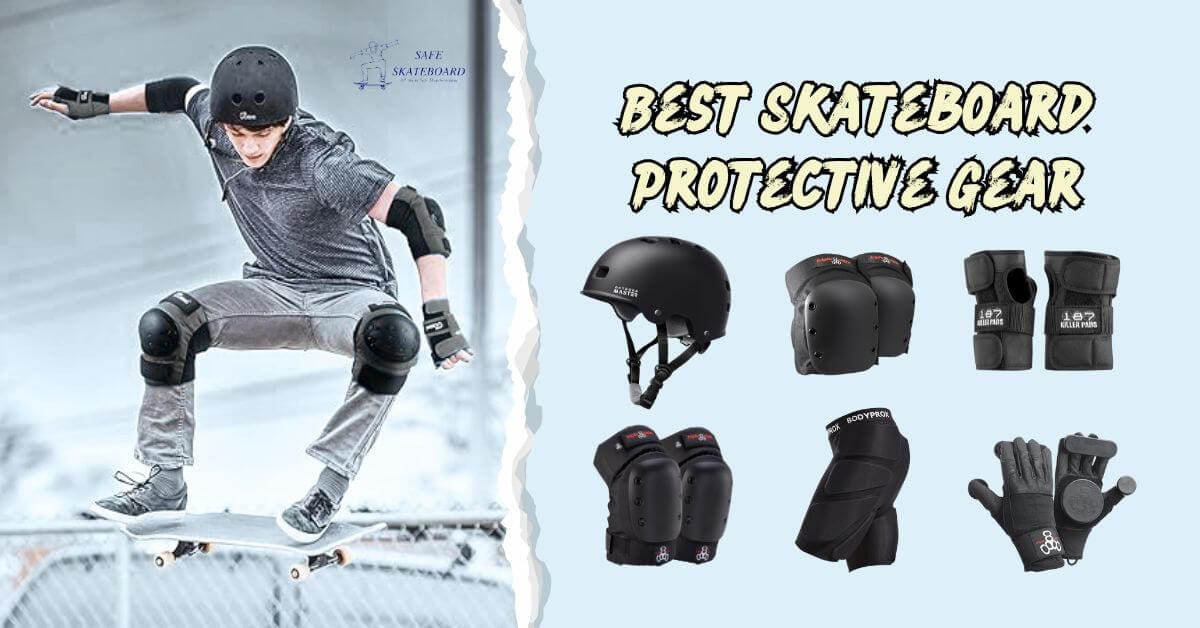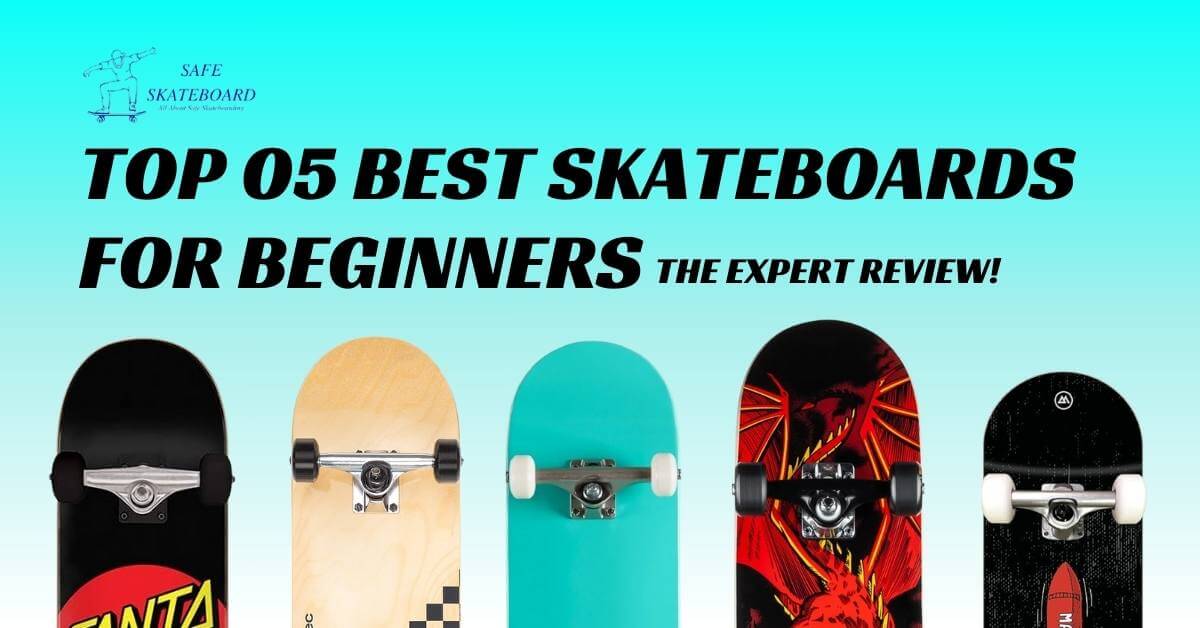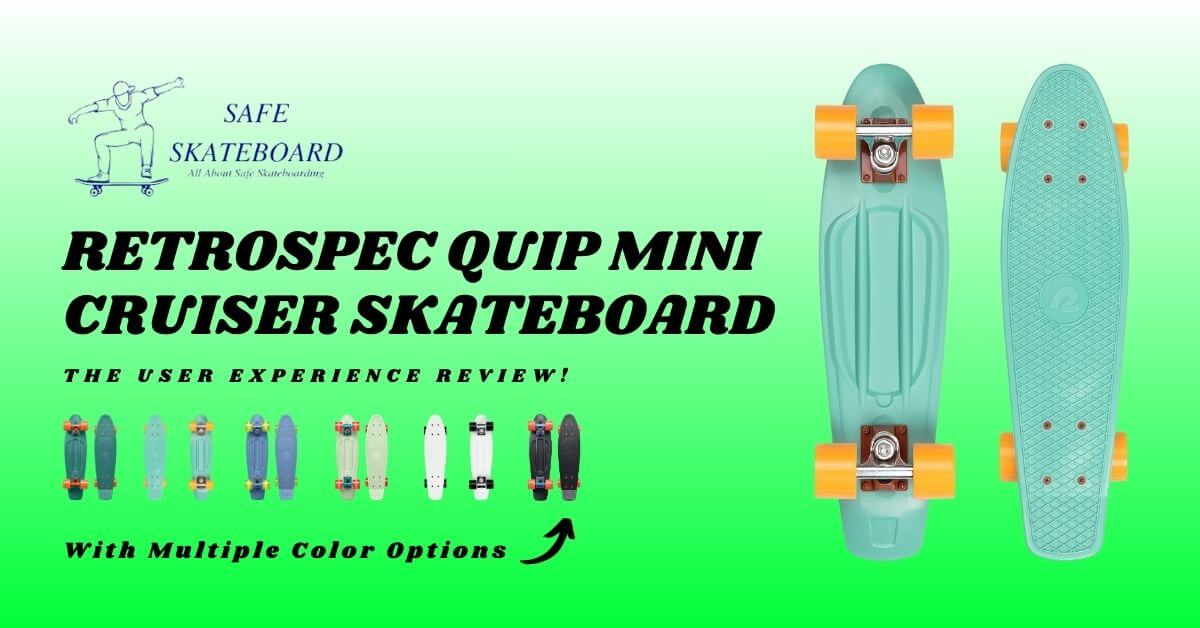Thinking about getting into longboarding? Great choice! Longboards are one of the easiest ways to start riding. They’re stable, smooth, and beginner-friendly. With a wider deck and bigger wheels, they help you balance better and ride with confidence.
If you are wondering Is a longboard good for beginners? Don’t worry. This article will help you!
In this guide, I’ll show you why longboards are a great choice if you’re just starting out. I’ll talk about what makes them easier to ride and how to pick the right one for you.
Let’s dive in and start your ride the right way!
Why Longboarding?
As a beginner, you might wonder, “Is a longboard good for beginners?” Here are some reasons to embrace this thrilling sport:
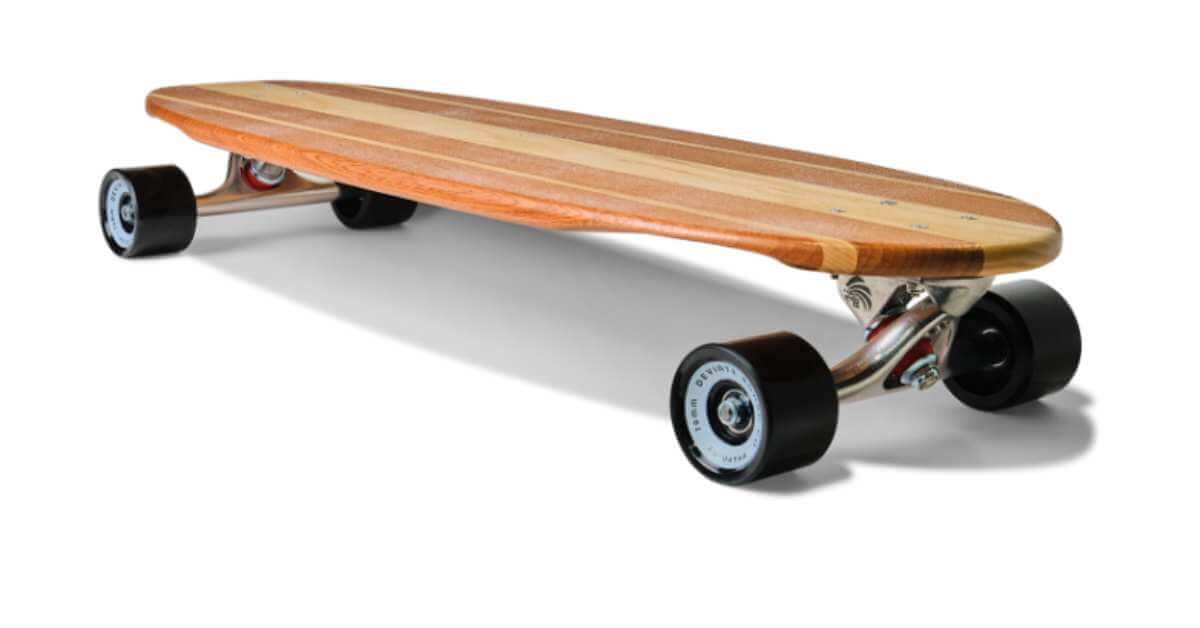
- Easy to Learn: With larger decks and stable design, longboards are more forgiving for newcomers.
- Versatility: Whether for cruising, commuting, or downhill racing, there’s a longboard style for everyone.
- Community: Joining the longboarding scene means meeting passionate individuals and making new friends.
Let’s dive deeper into the benefits of longboarding and help you understand why it’s an excellent choice for those just starting out!
Benefits of Longboarding for Beginners
Longboarding is not just a means of getting from point A to point B; it comes packed with a plethora of benefits, especially for beginners. Whether you’re looking to have fun or stay active, here’s why choosing a longboard is good for beginners:

Physical Health Benefits
First off, let’s talk about fitness. Longboarding is a fantastic way to enhance your cardiovascular health. It engages multiple muscle groups, including:
- Legs: Strengthens your calves and thighs.
- Core: Improves balance and stability.
- Arms: Provides a workout while pushing and balancing.
Plus, you’ll be burning calories without even realizing it!
Mental Well-Being
On a more personal note, I found longboarding to be a stress reliever. There’s something liberating about cruising down a hill with the wind in your hair.
I think you can understand the benefits of “longboard good for beginners”. The blend of physical activity and mental relaxation makes longboarding an ideal pursuit for beginners seeking both fitness and fun.
Learning How to Ride a Longboard
As you embark on your longboarding journey, mastering the basics of longboard riding is essential. This part can be both exciting and daunting, but don’t worry; we’ll break it down together.
Stance and Balance
Your stance is the foundation of effective longboarding. You have two main types:

- Regular stance: Left foot forward
- Goofy stance: Right foot forward
To find your comfortable position, try sliding on a smooth surface or taking a few steps on your board. I recommend you read How To Stand On A Longboard.
Once you settle into your stance, practice shifting your weight from front to back, enhancing your balance. Remember, staying relaxed is key!
Pushing and Braking Techniques
Next up is pushing your longboard: Place one foot on the board. Use your back foot to push off the ground. Maintain your balance as you cruise forward.

For braking, try these techniques:
- Foot braking: Drag your back foot on the ground to slow down.
- Heel dragging: Put your heel off the board and let it graze the ground as you decrease speed.
Practice makes perfect, so find a flat and open space to build your confidence with these techniques! However, you can watch How To Brake On Your Longboard.
How to Choose the Right Longboard: Super Beginner-Friendly
Choosing your first longboard? Don’t stress! It’s easier than you think. In this section, I’ll guide you through the key parts: shape, size, flex, wheels, and trucks. Simple words, quick tips, and no fluff. Let’s get rolling!
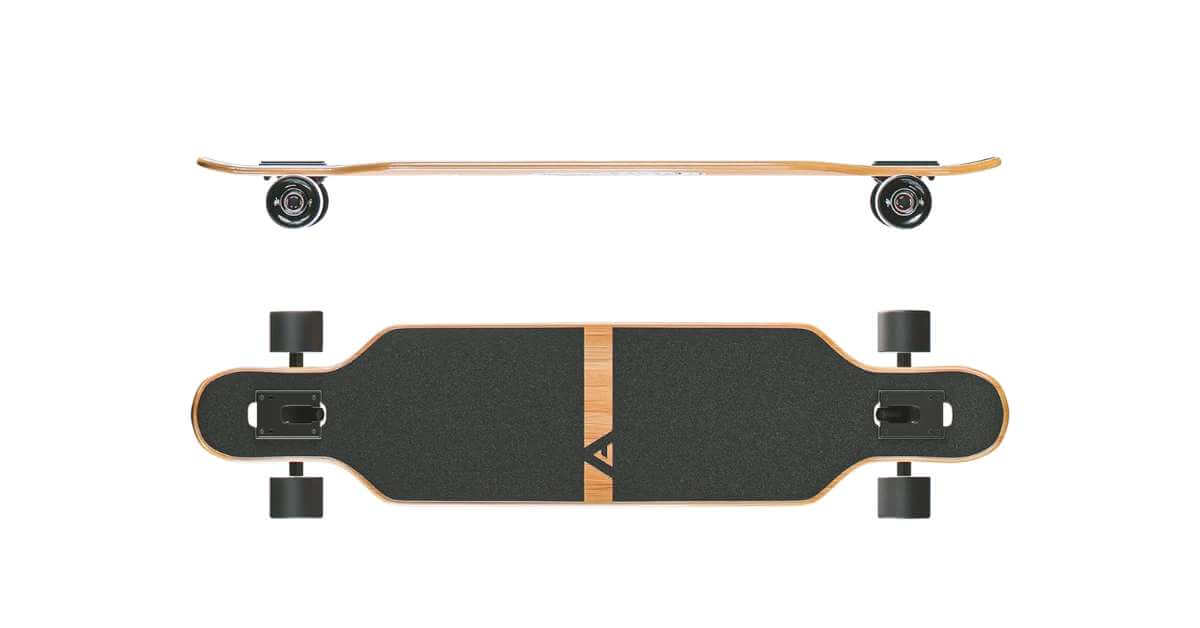
01. Choose the Right Deck Shape
The shape of your board changes how you ride. In this part, I’ll show you the most common shapes and what they’re good for.
- Pintail: A great choice for chill rides. It’s smooth, wide, and easy to balance. Perfect for cruising along sidewalks or beach paths.
- Drop-Through: The board sits low to the ground. That makes pushing easier and keeps you steady. It’s one of the best picks for beginners.
- Cruiser: Short, light, and turns fast. Great for riding in the city or around campus.
02. Pick the Right Length
Length plays a big role in how stable your board feels. In this section, we’ll break it down by size so you know what to expect.
- 38″ to 42″: Just right for most new riders. It feels solid and gives you space to stand.
- Over 42″: A longer board feels more stable, especially at higher speeds.
- Under 38″: Smaller boards are faster to turn, but they can feel shaky if you’re just starting.
03. Look at the Flex
Now let’s talk flex. That’s how much your board bends when you stand on it. The more flex, the softer the ride.
- Soft Flex: Comfy and smooth. It helps absorb bumps. Great for slow, easy rides.
- Medium Flex: A nice mix of control and comfort. Works for most beginners.
- Stiff Flex: Less bend means more control at speed. Save this for later when you’re more confident.
04. Check the Wheels
Wheels make a big difference in how your ride feels. This section shows you how to pick the right ones.
- Bigger Wheels (70mm–75mm): These roll over cracks and rough spots better. They’re smooth and fast.
- Softer Wheels (78A–83A): Soft wheels grip the road. That means more control and safer turns.
- Harder Wheels: Better for tricks, but not so great on bumpy streets.
05. Choose the Right Trucks
Trucks are the metal parts that connect your wheels to the board. They help you steer and stay balanced.
- Reverse Kingpin Trucks (RKP): These are the best for cruising and carving. They feel smooth and stable.
- Standard Kingpin Trucks (SKP): Made for tricks and street skating. Not ideal for beginners who just want to cruise.
You’ve got the basics. Now grab your board, step on, and start rolling. The best way to learn is to ride!
Common Mistakes to Avoid as a Beginner
As you embark on your longboarding journey, it’s easy to make mistakes that could hamper your progress. Avoiding these pitfalls will set you up for a more enjoyable ride.
Inconsistency in Practice
One of the biggest mistakes I made when starting was not practicing consistently. Longboarding, like any skill, requires regular practice to build muscle memory.

- Set a Schedule: Try dedicating a few days a week to practice.
- Short Sessions: Even 20-30 minute sessions can be very effective.
Ignoring Safety Gears When Ride a Longboard
Many beginners are tempted to skip the safety gear for that “cool” factor. Don’t be like me—I learned the hard way!

- Always wear a helmet to protect your head.
- Knee and elbow pads can save you from scrapes and bruises.
Remember, avoiding these common mistakes will enhance your learning experience and keep your longboarding fun and safe!
Longboarding Community and Resources for Beginners
The longboarding community is vibrant and welcoming, making it easier for you to learn and grow as a beginner.
Online Forums and Groups
Engaging with online platforms can help you find longboard tricks, tips and camaraderie. Here are a few resources to check out:
- Facebook Groups: Look for local longboarding groups where members share tips and organize meetups.
- Reddit: Like longboarding offers great advice and discussions on various longboarding topics.
Frequently Asked Questions (FAQ) About Is Longboarding Good For Beginners
How long does it take to become proficient on a longboard?
While it varies by individual, many people can feel comfortable riding in just a few sessions. Regular practice is key to improving your skills.
Can I use a longboard for commuting?
Absolutely! Longboards can be excellent for commuting due to their comfortable ride and ability to cover longer distances with ease.
Are longboards easier to ride than regular skateboards?
Yes, many beginners find longboards easier to ride due to their stability and low center of gravity. Their larger wheels also handle rough terrain better, making them a smoother ride on various surfaces.
Why is a longboard recommended for beginners?
Longboards typically have a wider deck and larger wheels, providing better stability and smoother rides. This design helps beginners learn how to ride and gain confidence more quickly compared to standard skateboards.
Executive Summary
Longboarding can be a fantastic choice for beginners, offering a smooth ride and improved stability compared to traditional skateboards.
Longboards are designed to help new riders feel more confident as they learn to balance and navigate.
Moreover, the variety of styles available caters to different preferences, whether you’re interested in cruising, commuting, or even downhill riding.
Just remember to wear protective gear and practice in a safe environment. Now enjoying your new riding life.











